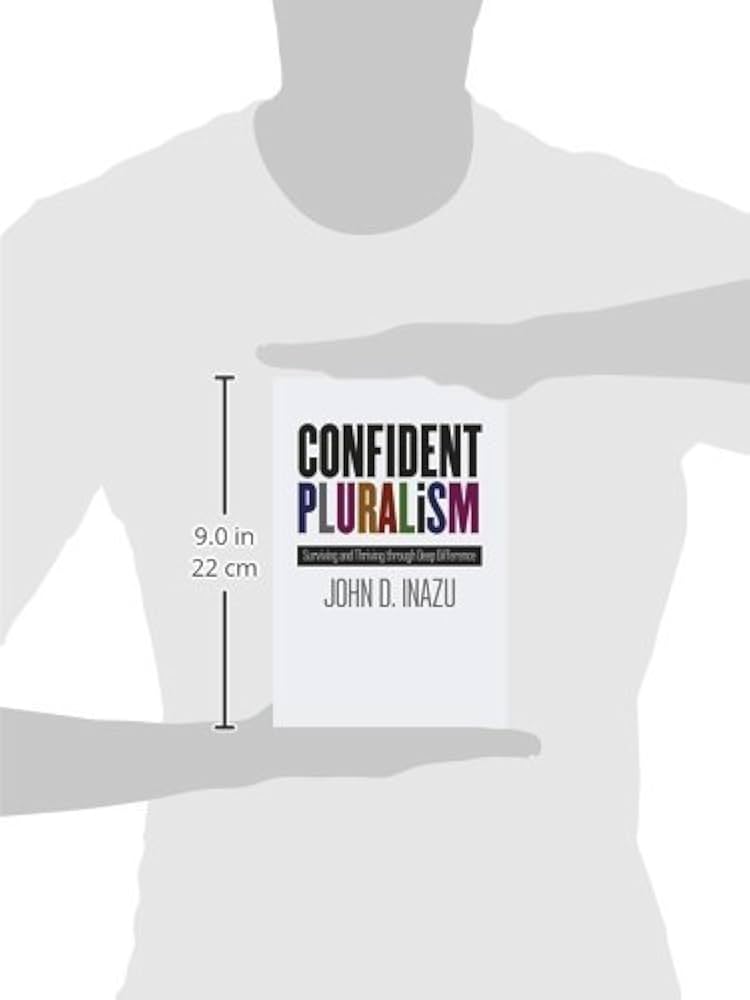Physical Address
304 North Cardinal St.
Dorchester Center, MA 02124
Physical Address
304 North Cardinal St.
Dorchester Center, MA 02124


America is a pluralistic society. We hear that phrase, but what exactly does it mean?
According to the Britannica Dictionary, pluralism is “a situation in which people of different social classes, religions, races, etc., are together in a society but continue to have their different traditions and interests.”
Being pluralistic is one of the things that sets the United States apart from many other countries, both historically and across the modern globe. Throughout history, many societies have organized into nation-states, meaning that the majority of the population shares a common language, religion and ethnic background.
When there have been diverse countries and empires, they have often had a strong central government keeping the individual groups in check. According to the author Robert K. Massie, the czars of Russia used diversity as a justification for their authoritarianism. They argued that the Russian Empire was simply too diverse for the people to successfully govern themselves.
But America has never been a nation-state. Even in the 18th century, the newly formed United States of America was not homogenous in race, ethnicity, religion, economic theory or social views. Though the Founding Fathers were less diverse than the country at large, they still held conflicting views on many social, political and economic topics. You just have to read the Federalist Papers to see that.
It has been almost 250 years since the founding of our country. In that time, our diversity has only increased, both in who lives within our borders and in who is allowed to fully participate in our government.
I personally consider our growing diversity one of America’s greatest strengths. But differences in opinion, and especially differences in deeply held belief, can also be a cause of conflict and contention.
So how do we learn to live together in our diversity? According to Harvard professor Danielle Allen, the answer is in a concept called “confident pluralism.” Allen has given presentations on the topic at universities across the country, including the University of Wisconsin and BYU.
Confident pluralism, a term coined by legal researcher John D. Inazu, is not about ignoring our differences — it is about finding ways to coexist with them. The confident part comes from the idea that we can and should have deeply held beliefs. But we should also understand that others do as well.
In her presentation, Allen outlines five ways to become a “confident pluralist.” I would like to highlight just two of them.
The first is understanding that there are two different types of compromise. Using examples from the Declaration of Independence, Allen explains the difference between “positive compromises” and “flawed compromises.” Positive compromises work to consider the needs of anyone impacted by the decision. Flawed compromises consider only some groups, while ignoring others.
I believe that compromise has become a negative concept in America because, too often, we only experience flawed compromises. But if we work together to create positive compromises, we can make the government work for all of us.
According to Allen, the most important part of becoming a confident pluralist is respecting human dignity. I agree. Too often we dehumanize our social and political rivals. We forget that behind every social media post, news article or policy proposal is a real human being with a beating heart.
We can and must find ways to live together in our differences. It has to start with recognizing our shared humanity and cultivating a desire to find solutions that benefit us all.
Source: Britannica, Robert K. Massie, University of Wisconsin, BYU, John D. Inazu, Danielle Allen



